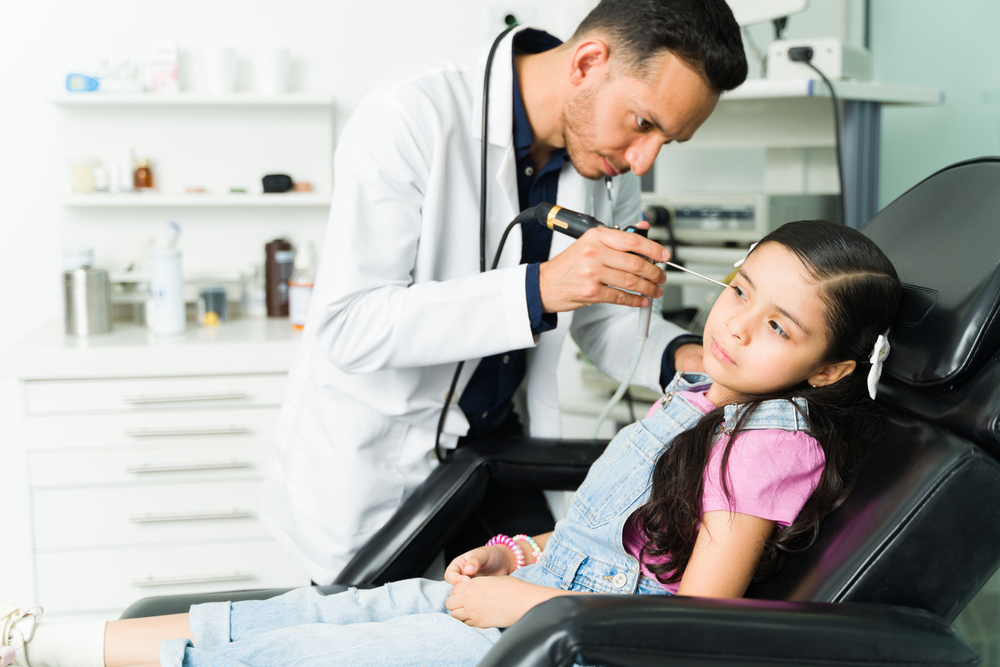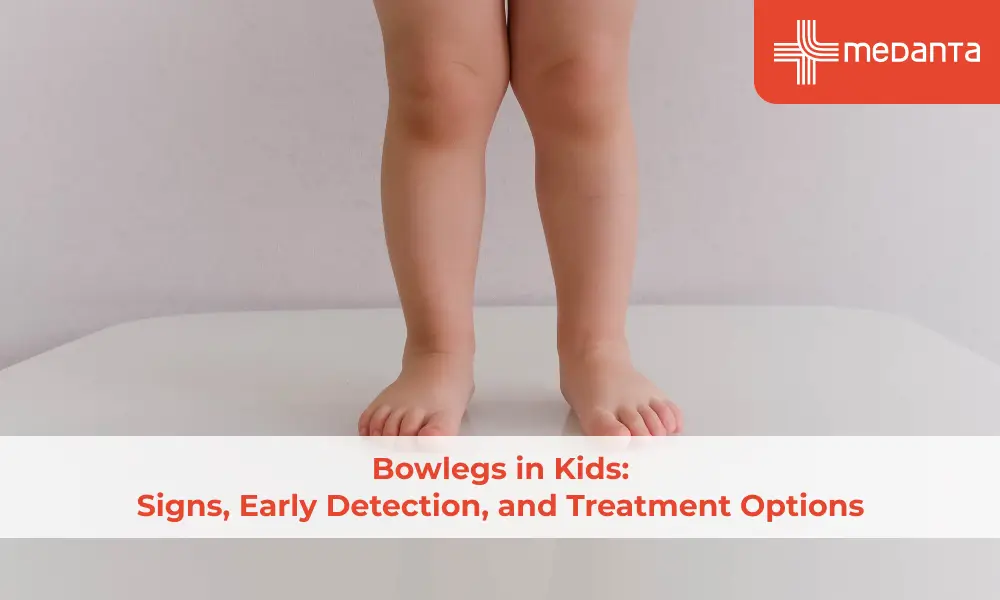Children's Ear Pain: What You Should Know

Infant Ear infections in children are now an everyday occurrence, causing pain, discomfort, and even hearing loss if left untreated. More than 80 percent of children have one episode of otitis media by the time they are 3 years of age. An ear infection is commonly the middle ear inflammation caused by bacteria or viruses. Some of children's most common ear infection symptoms include ear pain, fever, trouble sleeping, and difficulty hearing. Also, early recognition and ear pain treatment for ear infections in children can help to prevent long-term damage to the ear. So, in this guide, we will learn about ear infections in children more closely.
Ear Infection Symptoms
Here are some common signs of ear infections in children includes:
- Ear pain: This is the most expected ear infection symptom of an ear infection which can be severe or mild. Children may drag or pull their ears or cry more often than usual when they have an ear infection.
- Fever: A fever can occur in this case which is a sign that the body is fighting an infection.
- Trouble sleeping: Children may have problems sleeping with an ear infection due to the pain.
- Difficulty hearing: Children may have trouble hearing as fluid builds up in the middle ear and hampers sound transmission.
- Drainage from the ear: A yellow or green discharge can indicate an ear infection.
- Loss of balance: Children with ear infection symptoms may encounter dizziness or loss of balance, as the inner ear is involved in maintaining balance.
- Irritability and crying: Ear infections can cause children to become more irritable and cry more often than usual due to pain and discomfort.
Ear Pain Causes
Ear pain in children is due to a variety of factors, including:
- Ear infections: The most common ear pain caused in children is an ear infection caused by bacteria or viruses which can result in inflammation and fluid build-up in the middle ear.
- Swimmer's ear: Swimmer's ear is a condition of an outer ear canal infection caused by bacteria. It can be caused due to the water being trapped in the ear after swimming, which provides a moist condition for bacteria to grow.
- Foreign objects in the ear: Children may accidentally insert small objects into their ears, which can cause ear pain and discomfort.
- Earwax blockage: Earwax can build up in the ear and cause pain, itching, and hearing loss.
- Perforated eardrum: A perforated eardrum is a damage such as a hole or tears in the eardrum that can cause ear pain and hearing loss.
- Teething: the pressure from the developing teeth can irritate the ears, causing ear pain in infants.
- Temporomandibular joint (TMJ) disorder: The temporomandibular joint is located near the ear and can cause pain and discomfort if it is not functioning correctly.
Common risk factors for ear pain caused in children include:
- Age: Children are more sensitive to ear infections due to their smaller ear canals and the angle of their eustachian tubes.
- Family history: a family with a history of ear infections is more likely to develop ear infections in children
- Exposure to poisonous smoke: Children exposed to secondary smoke are at a higher risk of developing ear infections.
- Poor overall health: Children with weak immune systems or other health problems are at a higher risk of developing ear infections.
- Exposure to large groups of children: Children who attend daycare or are around large groups are at a higher risk of exposure to the viruses and bacteria that can cause ear infections.
Understanding the different reasons and risk elements for ear pain in children is essential to help control and manage the illness effectively.
Ear Pain Treatment
Several ear pain treatment options available for children include:
- Pain relief medication: some ear pain medicine can be over-the-counter pain relievers such as acetaminophen, or ibuprofen can help to reduce the pain and discomfort associated with ear infections.
- Antibiotics: If bacteria cause the ear infection, the doctor can prescribe an antibiotic for the ear infection.
- Ear drops: Antibiotic or steroid ear drops can be suggested by a doctor to help reduce inflammation and improve healing.
- Home remedies: Some home remedies that may help relieve ear pain in children include warm compresses, elevating the head while sleeping, and using over-the-counter pain relievers.
- Surgery: In severe cases, surgery may be required to drain fluid from the middle ear or to repair a perforated eardrum for ear pain treatment.
- Consulting with a doctor to decide the best treatment procedure for your child's specific case is essential. The doctor can perform a proper analysis, diagnose the ear pain's the underlying cause, and determine the most appropriate treatment plan.
In some cases, treatments such as antibiotics and pain relief medication may be recommended.
Conclusion
Understanding the signs and symptoms of infant ear infections and ear pain to identify the cause is crucial for effective treatment. Ear pain treatment of ear infections can help to prevent long-term damage to the ear. Besides, parents knowledgeable about ear infections can consult an otolaryngology unit to decide the best ear pain treatment plan if their child shows any ear infection symptoms.





